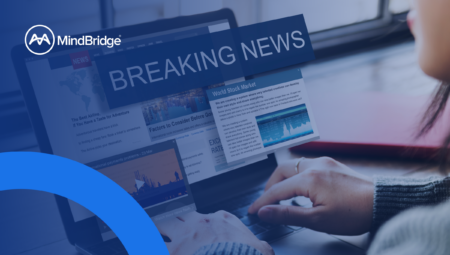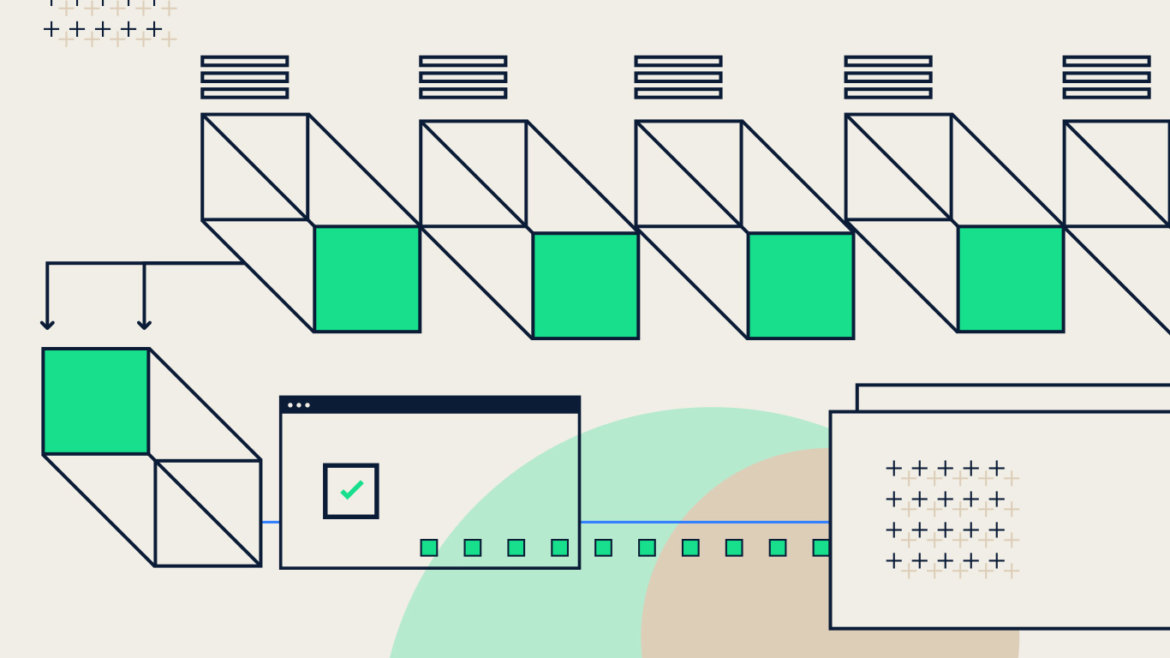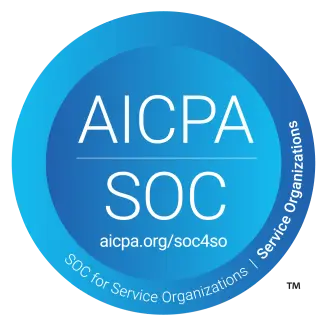Does your audit methodology need a facelift?
When most people think of an auditor, they picture someone working away on a calculator with a gigantic stack of paper beside them. Invoices, transactional documents, payroll documents, let your imagination run wild. The point is, there’s always a stack of paper, albeit some have started to become digital in form. But, what if an updated audit methodology and audit process could change that?
But just because something was popular once, definitely doesn’t mean that it’s the best way to go about things. Take Pet Rocks for example. Tell me with a straight face that Pet Rocks were a good idea.
Audit best practices and compliance are constantly evolving, especially as data sets increase, remote audits become more prevalent and regulators/standard setters look for more analytically driven procedures. This also means that maintaining SALY (Same as Last Year) will challenge firms in staying relevant to their clients, risk of client acquisition or retention, and have peer reviews/inspections/audits scrutinized more thoroughly. To continue to offer clients top quality audits and risk assessments, add new value to their clients and win more business, auditors should routinely evaluate their audit methodology and process.
Here are just a few points to keep in mind if you’re on the fence about updating your audit process.
Audit evidence standards are modernized
Now is the best time to work on new engagement models, modernization and change. Sure it can be hard, we hear you, but the reality is that the industry has moved, and it’s to be expected that firms and individual auditors will need to keep up.
The American Institute of CPAs (AICPA) recognized that fact when it released the Statement on Auditing Standards (SAS) No. 142 Audit Evidence in July 2020. The new audit evidence standard, which takes effect for financial periods ending on or after December 15, 2022, modernizes private company auditing standards and includes significant updates around how technology and automation can be leveraged throughout the audit process.
“Our substantially revised standard addresses the evaluation of audit evidence and has been modernized to reflect our current business environment,” explained Bob Dohrer, CPA, CGMA, AICPA Chief Auditor, in a press release. “It recognizes the use of automated tools and techniques such as audit data analytics, AI, and remote observation tools to obtain audit evidence.”
With so much of the audit process tightly wrapped up in regulation, this new standard represents a huge step toward the future of the audit industry and acknowledges the ever-evolving nature of business.
For more detailed information on this new standard and what it means for your business, check out our blog, “How the new SAS-142 audit evidence standard embraces technology and automation.”
AI won’t replace auditors
When it comes to implementing new technology into your audit methodology, you might be thinking, ‘But what about my team?’
Since the dawn of technology, there has been apprehension about robots and machines replacing jobs done by humans. But here’s the thing: artificial intelligence will not replace auditors, but auditors using AI will replace those who are not using it. In fact, data science can augment an auditor’s experience and judgement.
Now, there is reasonable concern around AI’s ability to conduct an effective audit, and whether or not regulators are going to embrace these technologies as sources of high quality risk assessment and evaluation. But, as the revised ISA 315 audit standard shows, regulators are inching closer to the adoption of industry-changing technological changes, such as integrating data analytics into the formal audit process.
It’s safe to say that accounting and audit firms that embrace new technologies will dominate the market. The bottom line is that AI is about task replacement, not human replacement.
Want to learn more about how auditors are using AI?
The continuing implications of COVID-19
Before the global COVID-19 crisis, technology and automation were already on their way to becoming the future audit process norm.
However, the global pandemic underscored the need for the audit industry to more readily utilize new technologies. COVID-19 made change unavoidable and advanced the future of auditing and disrupted a long-standing complacency that had settled over the audit industry
While the pandemic may be temporary, many of the changes it has brought will be permanent.
There’s no question that COVID-19 has transformed how many firms will work and collaborate going forward. Since more teams are working remotely, a cloud-based AI auditing platform can simplify data sharing and ensure cybersecurity best practices are in place for the new norm of remote audits.
With AI-embedded auditing tools like MindBridge, customers can experience a more streamlined and integrated audit and risk discovery process.
It’s also important to keep in mind that just as your team is working remotely nowadays, so too are your clients’ teams. Providing a remote-friendly audit approach means your firm will be more relevant to current and potential clients, which, in turn, gives your firm a competitive advantage.
An updated audit methodology can add value for clients
Businesses have traditionally seen audits as simply a compliance exercise, and that auditors merely verify if financial statements comply with standards, and find out whether or not their transactions look risky.
However, that perception is changing, and clients are now expecting more services than a calculator and Excel spreadsheet can offer.
Financial technology and automation have given rise to a component that’s changing the audit field: insights. AI-embedded audit tools allow for detailed risk assessments and insights, which provide added value to a client and result in higher quality audits altogether.
The future of auditing will have a heightened emphasis on exploring data trends, studying risk characteristics, and real-time transaction analysis. With these capabilities, auditors can gain a deeper understanding of their clients’ financials. At the same time, clients have greater confidence in the audit process.
When it comes to audits, clients now want more than a rear-view mirror perspective. They want to know what to keep an eye out for.
That’s why diversifying your firm’s offerings will be fundamental to longevity and growth in the future world of audit. Adopting an AI-embedded risk discovery and audit procedures not only makes audits more effective and efficient, but also allows for expansion into advisory and transaction services. Modifying and diversifying services adds incredible value for clients and can lead to a more regular income stream for firms, not to mention smoothing your delivery timing and ridding teams of rote and menial tasks.
Embracing change in your audit methodology
Let’s be honest, not everyone embraces change. It can be intimidating; it’s new and unknown. It can take a lot of effort and planning to put something new into action. But more often than not, change is beneficial.
Evolving and implementing new practices is an essential part of doing business today. It’s safe to say that a retail business that doesn’t utilize technology to have an online presence would most likely fail in the marketplace today (let alone tomorrow).
Of course, updating your audit methodology doesn’t happen overnight. It can be a long and tedious process that may even require some research on change management best practices. An important aspect of changing your audit methodology is finding an approach that’s right for your team.
At MindBridge, we can help you develop your new audit process that meets both your needs and the needs of our clients. While there are many unknowns about the future of audit, one thing is for certain: AI will be a part of it.
Want to learn more about how AI is reshaping the audit industry? Register for our on-demand webinar “Demystifying artificial intelligence and the impact on auditing.”





